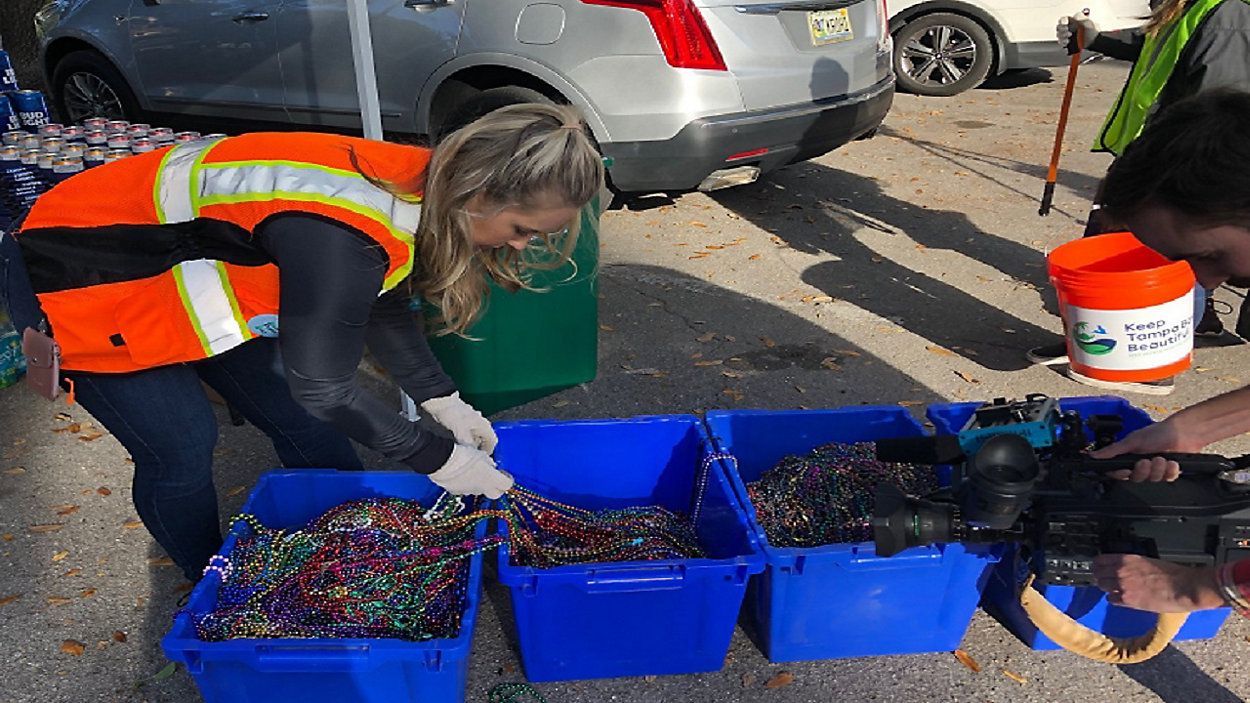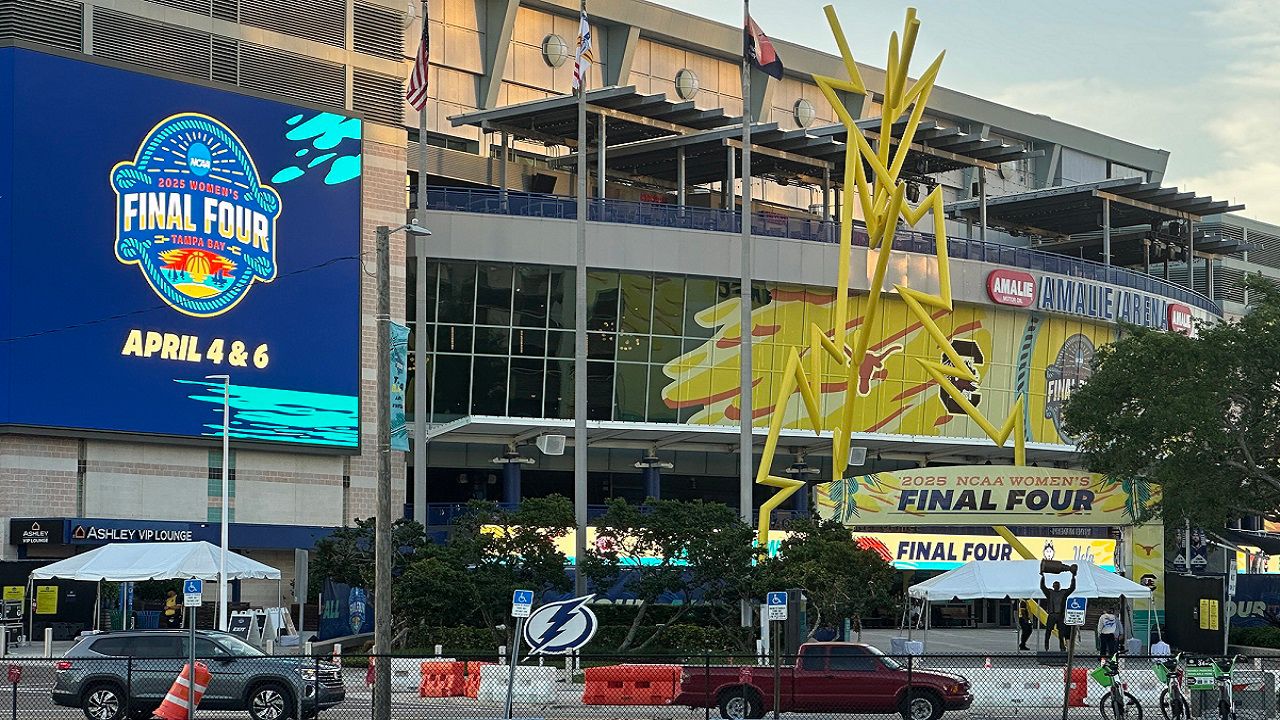TAMPA, Fla. (AP) — Avast! The century-old pirate “invasion” of Tampa is coming back after a virus-related year off and officials have a message: don't throw plastic parade beads into the bay.
What You Need To Know
- Gasparilla parade and other events are set to return in January
- "Bead Free Bay" effort designed to protect environment during event
- LINK: More about Gasparilla
The Gasparilla parade and other events are set to return in January, celebrating the pirate lore of Florida's Gulf Coast. It's like a miniature Mardi Gras but with eye patches, cannon fire and many cries of “Arrrrgh!"
There's a reason the Tampa NFL team quarterbacked by Tom Brady is called the Buccaneers.
“Everyone is ready to get back to it,"said Peter Lackman, captain of parade organizers Ye Mystic Krewe of Gasparilla. “We've all been waiting for it.”
Tampa Mayor Jane Castor, Lackman and others said at a news conference Thursday that the return of Gasparilla is a welcome bit of normalcy amid the ongoing COVID-19 pandemic. But they wanted to stress that protecting the environment during the event is paramount.
The issue is plastic beads. Mounds of them get thrown to crowds numbering in the tens of thousands along the Tampa Bay parade route — and many wind up in the waters where they can have detrimental long-term effects on marine life.
Officials are calling it the “Bead Free Bay” initiative.
“We have to make sure we are taking care of our beautiful bay,” Castor said. “If you're out celebrating Gasparilla, or any other event, you can help protect our marine ecosystems by keeping beads around your neck and out of our waterways.”
After the 2019 parade, divers from the Florida Aquarium recovered at least 120 pounds (54 kilograms) of beads from the bay along the route. City officials have sought to limit the beads in the bay since 2014.
Plastics can take hundreds of years to break down but become what are known as “microplastics” that never completely go away. They become part of the food chain and can eventually lead to people who consume fish and other seafood.
The Gasparilla event itself dates to 1904. The idea is that a group of pirates, led by Ye Mystric Krewe of Gasparilla, launches a mock invasion of Tampa that turns into a parade with costumes, gunboats, all manner of piraty things.
The parade draws as many as 300,000 people, and a lot of beads.
“We know that it's impossible to retrieve everything that's already there,” said Demetri Sedita, a local high school senior who co-founded the Green Gasparilla group. “The health of the environment affects us all.”
The main Parade of Pirates is set for Jan. 29. There's also a children's parade and usually a third parade in the historic Ybor City neighborhood once known for its cigar factories, plus a distance run, an arts festival and other events.
“Beads will continue to be a fun and important part of our celebrations,” Castor said. “We just want revelers to keep them out of the bay.”








